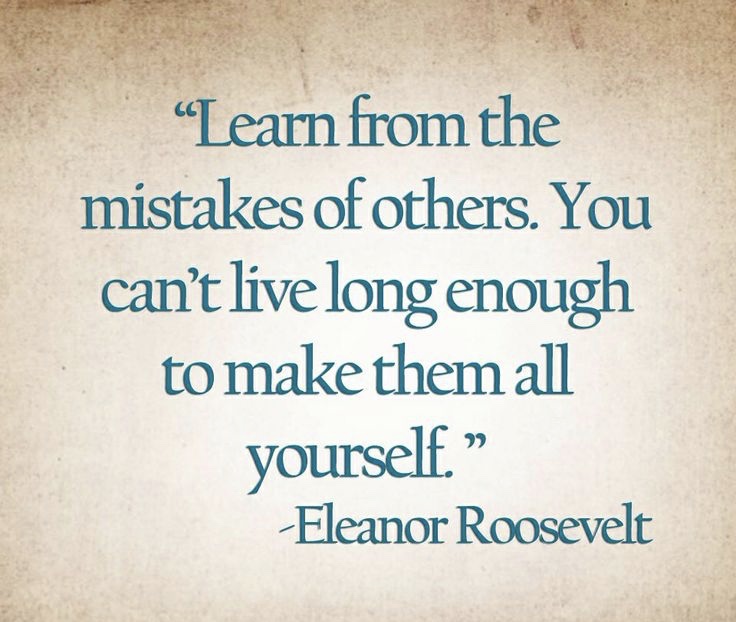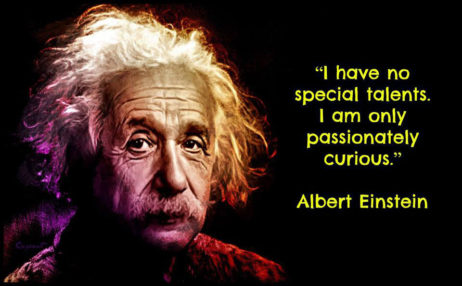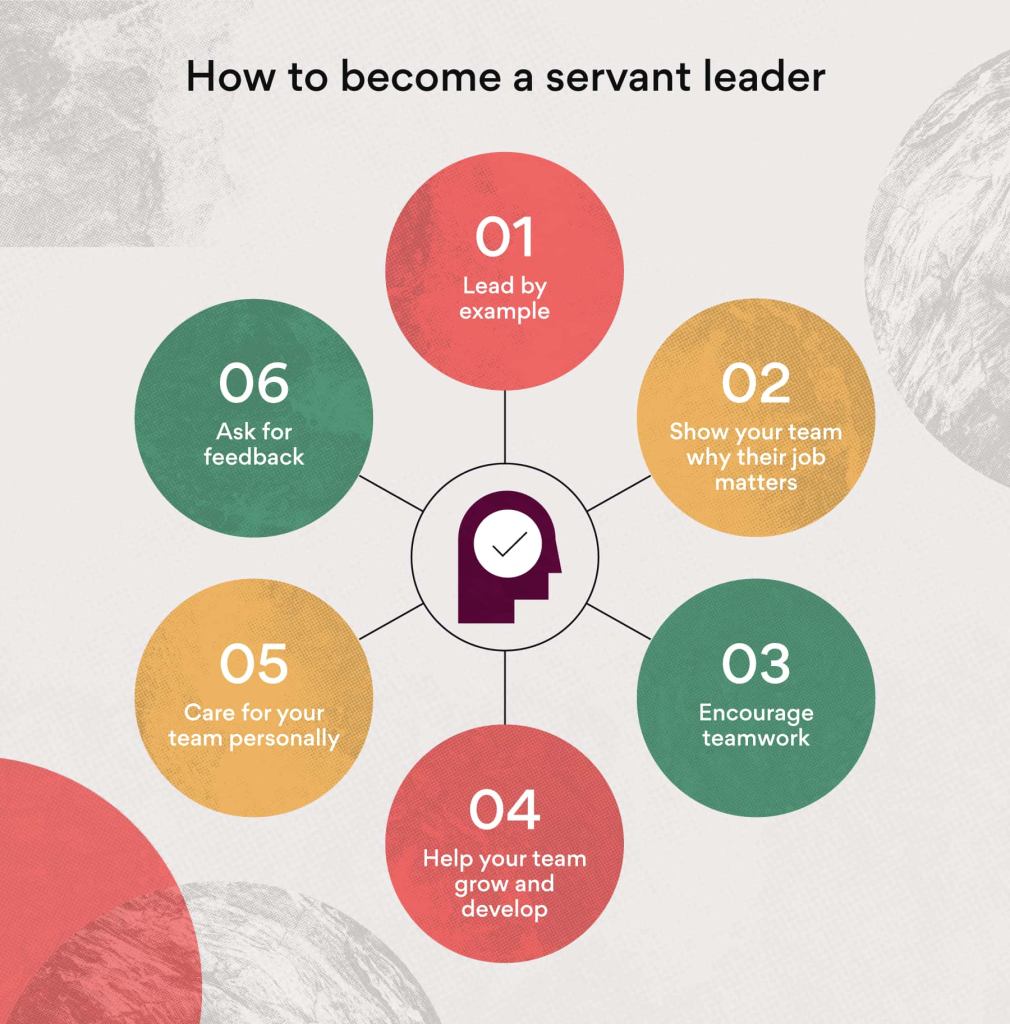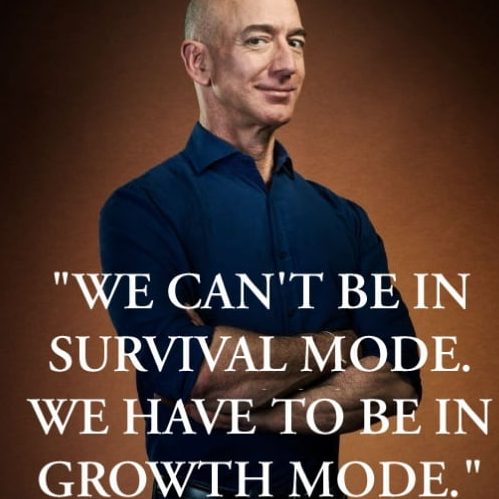
Simple act of gratitude in work place or in our daily environment can go a long way in making us happier, improves our moods, and makes us feel more connected to others. It can enhance the sense of belonging and respect at work, which is related to higher job performance, less sick days, and lower turnover.
Work life can be stressful – especially in a management or leadership role. Did you know that expressing gratitude can be a way to manage stress? In fact it improves our health-harmony and happiness, thereby generating better profitability-productivity. This, in turn, helps create positive emotions and feelings of joy, which translates into increased engagement, productive interactions and a win-win mindset! Gratitude Quotient can improve your H3 – Happiness -Harmony -Health!!
4 Ways that you can improve your GQ as a leader or change maker-
- Respect the investment of time -Respect when people spend their time with you! They are actually giving a part of their life to you. Sometimes when we are paying for this we take it for granted, however acknowledging this also creates a sense of responsibility and appreciation for others.
- Appreciative Enquiry – Ability to appreciate the right efforts and practices takes merit. According to Anthony Robbins (one of the renowned coaches) feeling significant while doing your work is essential for productivity and great results. Thus appreciative enquiry facilitates excellence in whatever you or others are contributing to in life.
- Being a Role model -As a catalyst of change it all begins with you. Thus being the role model for others is a critical step. Organisations can specially reward leaders who drive this change to highlight its importance, in a productive environment. Behaviours are infectious, thus you want to encourage more of the right ones to build a positive -profitable -productive mindset.
- Authentic Leadership -Faking gratitude doesn’t work, thus one needs to practice authentic leadership to ensure people involved feel it, genuinely.
How do you feel when you express gratitude? Do you think it makes you feel H3 once you express gratitude to someone or something?
University of Berkeley has devised a small questionnaire if you would like to. measure how you are doing currently on your GQ! Click here for the questionnaire.
To know more explore the following reads:










